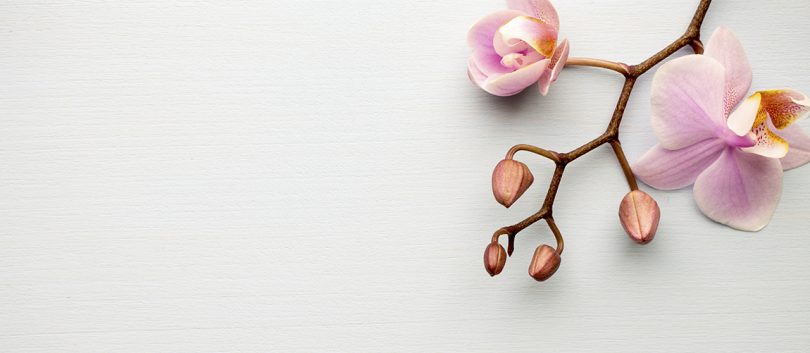Winter doldrums leaving you feeling cooped up and stressed out? “Meditation is a way to get some control over your life, paradoxically, by letting go of trying to control everything. Strange, but it works,” says Benjamin Thacker-Gwaltney, who hosts a local meet-up for meditation practitioners. “I don’t know anyone who couldn’t benefit from that.”
Thacker-Gwaltney has used a variety of meditation methods since beginning to practice in 2002, including mindfulness-based stress reduction method, yoga-based meditation, Theravada Buddhist, Tibetan Buddhist and Zen. His group draws 15 to 35 people for its weekly meet-ups at 7:00 p.m. at the Unitarian Universalists Church on Ironbound Road, in Williamsburg, Virginia.
Thacker-Gwaltney credits meditation to improving his physical and mental health. “My asthma is much improved, my patience has deepened and developed, and frankly I’m more kind to the people in my life. And I’m more compassionate with myself.”
And it’s not just a placebo effect. “There’s some great research now that validates our intuitive sense that meditation enhances serenity, peacefulness and calm. Mindfulness practice of ‘present moment awareness’ builds new gray matter (new brain cells) in the left prefrontal cortex after eight weeks of practice 30 minutes per day,” Dr. Pamela Cappetta says.
Cappetta—a licensed professional counselor and a marriage and family therapist with a practice in Williamsburg—is also a stress and mindfulness coach who teaches throughout the country. “I have been meditating since 1997,” Cappetta says. “And I have been teaching mindfulness meditation since 2001 at the William J. Farley Center here in Williamsburg for folks with chronic pain. I have been offering eight-week mindfulness groups here in Williamsburg since 2010.”
So how do you get started? “Most of us start with sitting 5-10 minutes at a time focusing on our breath. Ideally, sitting for 15-45 minutes is beneficial. If sitting is too uncomfortable, you can start with noticing the sensation of water touching your body as you shower, listening to sounds and noticing the sensations you experience. Mindfulness is not about emptying your mind, which for most of us is impossible. Mindfulness is about noticing thoughts in our minds, sensations in our body and our present moment emotions through a lens of non-judgment and acceptance,” Cappetta explains.
It’s easy to set a goal to practice meditation, but harder to follow through. Cappetta recommends beginning to practice with short periods of time.
“I like to meditate after I feed the animals when I first get up in the morning. I make a cup of tea and hold the cup as I focus on my breath and the sensation of the cup in my hand, feeling the warmth of the cup, noticing the taste of the tea and the sensation of swallowing. Then putting the cup down and noticing the sensations in my body leaning against the pillow, noticing the sounds in the room. This is a simple way to start. And over time the benefits of that simple practice begins to yield a more peaceful day.”







